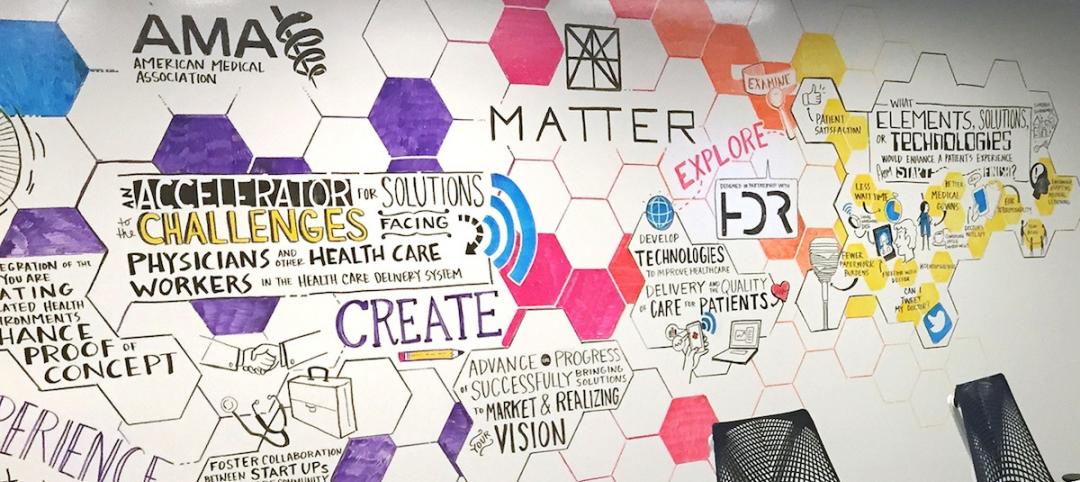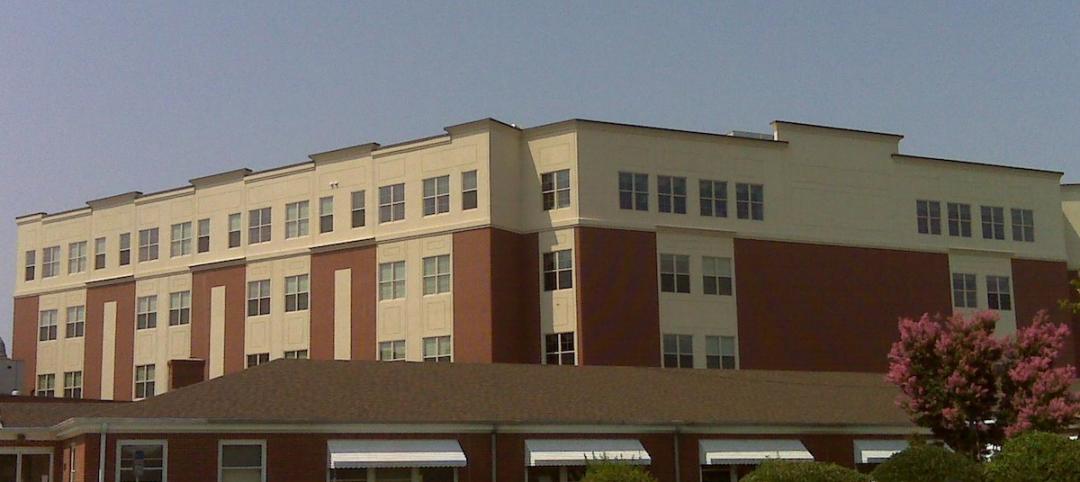As the healthcare system grows, securing these facilities becomes ever more challenging. Increasingly, medical providers have multiple facilities within their networks, making traditional keying systems and credentialing impractical.
Expensive wired access control for select high-security doors combined with old-fashioned keyed locks was a step in the evolution of facility security, but this provided very little visibility into who used those doors. Replacing traditional keyed doors with wireless access was the natural outgrowth of this inefficient, hybrid solution.
Kyle Pfeiffer, Industry Solutions Leader—Healthcare of SALTO Systems, notes, “Security remains at the forefront of decision-making in healthcare, driving technology for access control to evolve. By integrating keyless entry into an existing infrastructure, healthcare professionals are better equipped to control the flow of people entering or exiting the premises without impairing efficient movement.”
Physical Keys: Impractical and Expensive
While high-security areas may require wired electronic systems, there still exists the problem of physical locks and keys on all the other doors. Pfeiffer says, “Most offices within medical facilities are still using mechanical keys, which is not an effective way to secure or protect information in those areas.”
Moreover, managing physical keys is costly. He cites the example of doctors checking into a working suite at the hospital for an extended time period. “They hardly ever return the suite’s physical keys when checking out. Those locks then need to be replaced for security purposes,” he says, which is an expensive undertaking. “Doors that use physical keys and locks can cost facilities up to six figures each year just to manage and replace them.”
However, the smart technology used with wireless access allows for a quick and easy credential change made by a security administrator when the physician leaves, without requiring that the lock itself be switched out.
Pfeiffer notes that installing wire-free locks like those in SALTO’s Virtual Network (SVN) is an easy and cost-efficient alternative to mechanical keying systems. “They don’t require running wires and are easy and inexpensive to install. Replacing mechanical locks with SVN technology is an investment that pays for itself in less than a year and provides significant savings every year thereafter.”
The Benefits of Wireless Access Control
A major benefit of keyless access control is that all doors are managed on a single system, without the problems of handling different types of locks and multiple credentials. This allows for efficient management of foot traffic and identification of unwanted visitors.
Staff members also benefit. Medical professionals have access to different areas, floors, buildings and offices without fumbling around with multiple physical keys or managing different credentials. Being able to add more keyless entry points also makes matters easier for security and IT staff, while providing them with increased visibility into access data. They also have the ability to quickly manage an urgent situation or change staff credentials.
Finally, a keyless access system like SVN allows for the growth of medical systems. As large healthcare complexes add clinics, buildings and locations, wireless access control manages both interior and exterior doors on a single system, saving money while increasing security and convenience.
The Future of Wireless Access Control
Pfeiffer observes, “Within any healthcare facility, leadership has the responsibility to regulate areas where patient records are kept. Keyless systems improve security, thereby ensuring compliance and patient privacy.”
Maintaining these high standards in order to meet regulatory standards like HIPAA will continue to drive the technology of wireless access control. Its future in healthcare security not only brings with it the benefits of meeting patient privacy needs, but also provides significant cost control and scalability for future growth.
Related Stories
Healthcare Facilities | Mar 18, 2015
Healthcare design partnership asks: What about the doctor?
HDR's Abbie Clary discusses the design of healthcare facilities and how they affect doctors.
Healthcare Facilities | Mar 16, 2015
Healthcare planning in a post-ACA world: 3 strategies for success
Healthcare providers are seeking direction on how to plan for a value-based world while still very much operating in a volume-based market. CBRE Healthcare's Curtis Skolnick offers helpful strategies.
Retail Centers | Mar 10, 2015
Retrofit projects give dying malls new purpose
Approximately one-third of the country’s 1,200 enclosed malls are dead or dying. The good news is that a sizable portion of that building stock is being repurposed.
Codes and Standards | Mar 5, 2015
Charlotte, N.C., considers rule for gender-neutral public bathrooms
A few other cities, including Philadelphia, Austin, Texas, and Washington D.C., already have gender-neutral bathroom regulations.
Healthcare Facilities | Mar 1, 2015
Are you ready for high-rise hospitals?
The vertical hospital environment may be the wave of the future, but it is not without its design challenges.
Healthcare Facilities | Feb 26, 2015
Florida lifts 14-year ban on nursing home construction
Some $430 million of new space for senior care in Florida has been approved after the state ended a 14-year ban on nursing home construction.
Healthcare Facilities | Feb 17, 2015
10 healthcare trends worth sharing
The rise of the medical home model of care and ongoing Lean value stream improvement are among the top healthcare industry trends.
Healthcare Facilities | Feb 11, 2015
Primer: Using 'parallel estimating' to pinpoint costs on healthcare construction projects
As pressure increases to understand capital cost prior to the first spade touching dirt, more healthcare owners are turning to advanced estimating processes, like parallel estimating, to improve understanding of exposure, writes CBRE Healthcare's Andrew Sumner.
Cultural Facilities | Feb 5, 2015
5 developments selected as 'best in urban placemaking'
Falls Park on the Reedy in Greenville, S.C., and the Grand Rapids (Mich.) Downtown Market are among the finalists for the 2015 Rudy Bruner Award for Urban Excellence.
Healthcare Facilities | Feb 1, 2015
7 new factors shaping hospital emergency departments
A new generation of highly efficient emergency care facilities is upping the ante on patient care and convenience while helping to reposition hospital systems within their local markets.

















